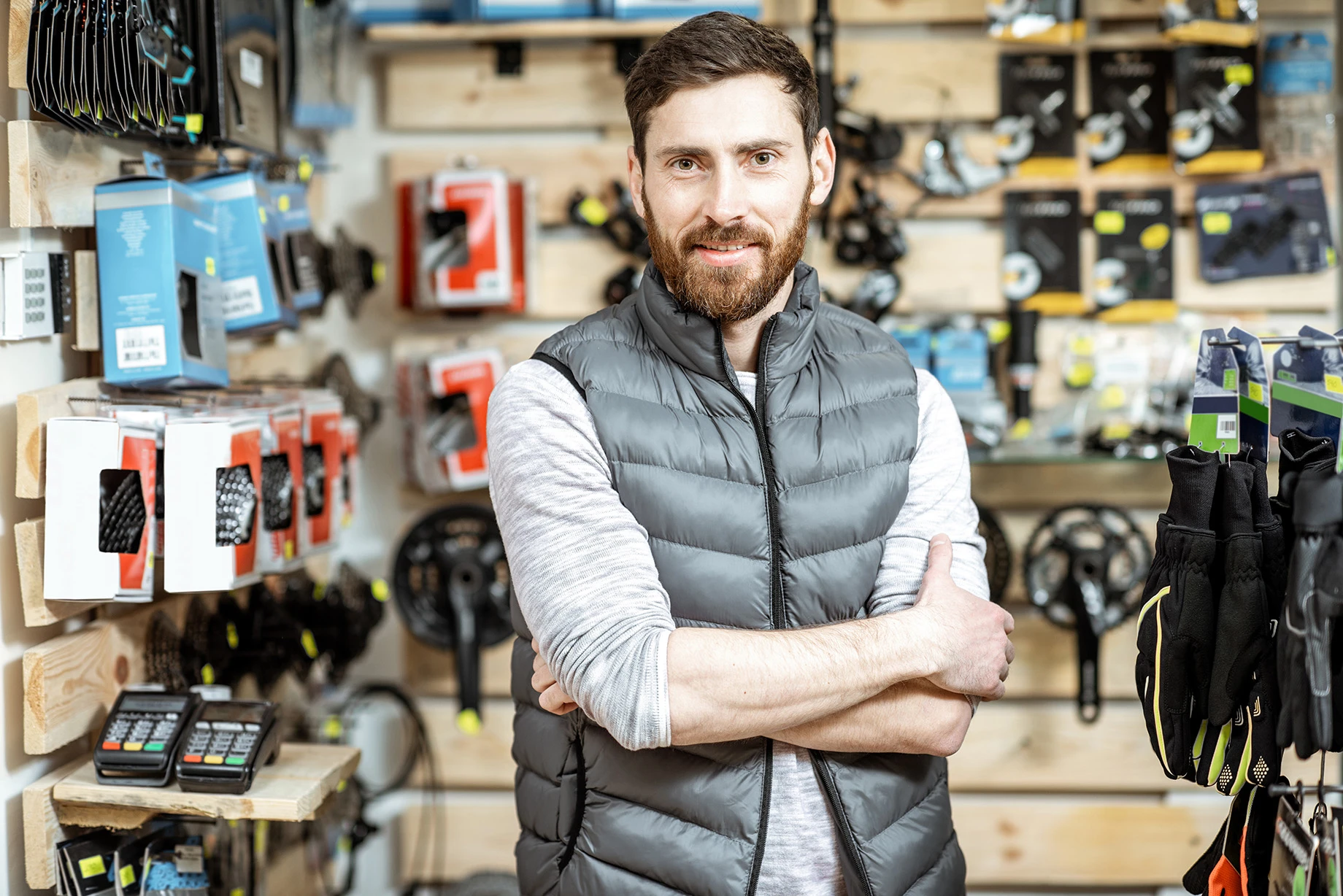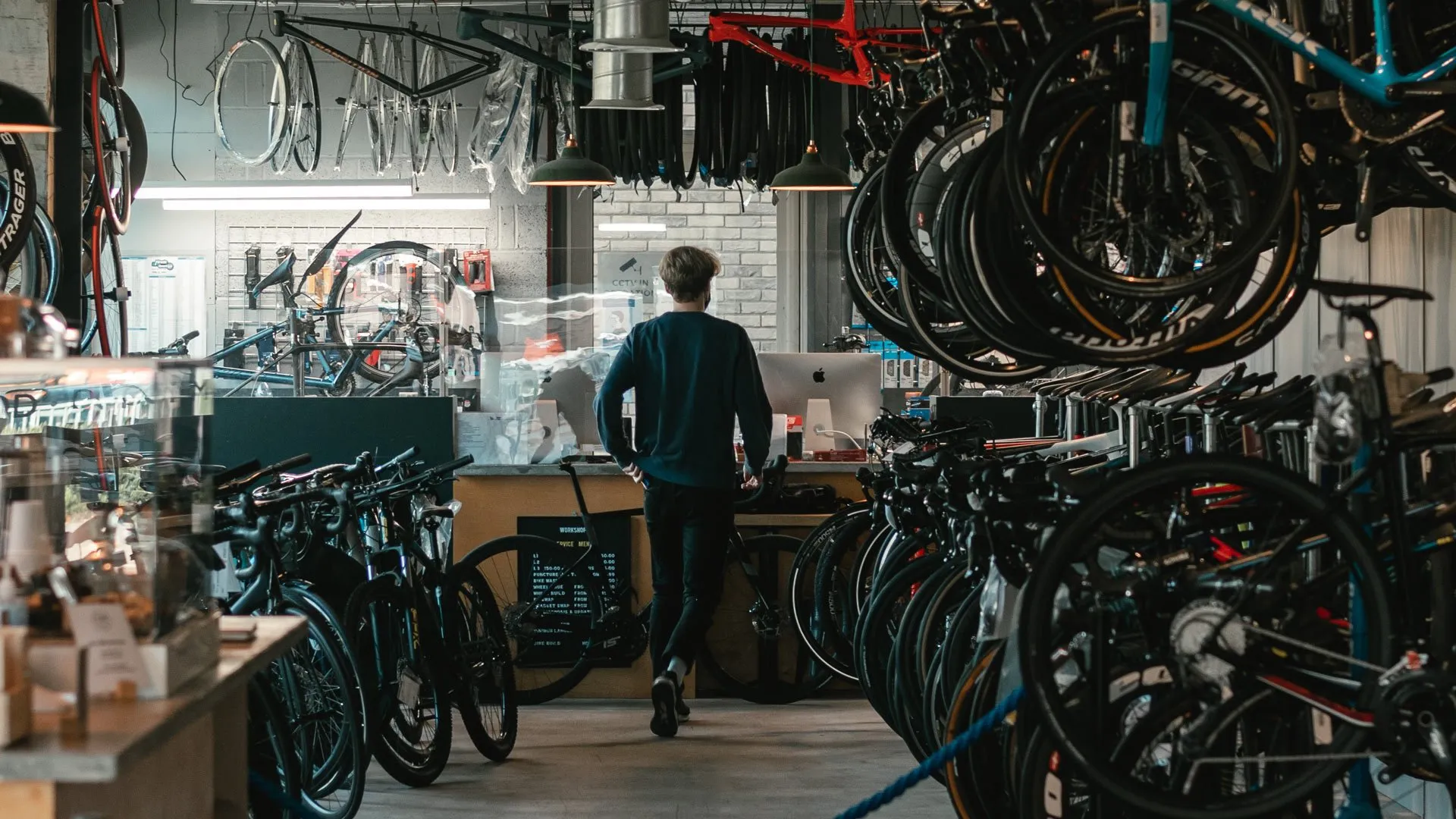When LinkedIn launched from its co-founder’s living room in 2003, it served as an online CV for jobseekers keen to promote themselves, as well as businesses and recruiters to find candidates.
Now the world’s largest online professional network with some 800-million members across 200 countries, the platform has evolved into a Goliath ecosystem that serves to connect professionals and help make them as successful as possible.
So, what’s all that got to do with independent bike stores?
We caught up with UK-based LinkedIn expert and coach Rodney Doherty to find out.
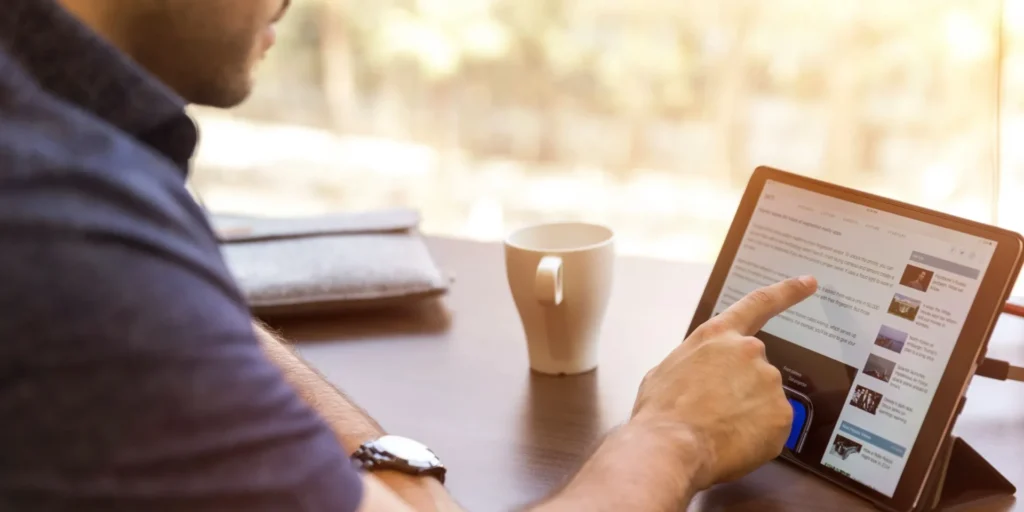
Thanks for chatting with us today, Rodney. Undoubtedly, some of our bike stores are reading this and thinking LinkedIn is a waste of their time. Is it?
LinkedIn isn’t a waste of any professional’s time. I suspect all small businesses respect how time-consuming and costly it is to generate engaged and GDPR-compliant databases. LinkedIn comes to them 100% free of charge, with the capacity to link to any of the other 800-million members.
In the case of IBDs, you can regard LinkedIn as a means of communicating both B2B and B2C.
In the case of B2B, you might use the platform to find new contacts – perhaps suppliers, distributors in new markets, agencies that might help with marketing, SEO, as well as other providers such as tax advisors, financial planners, etc.
In the case of B2C, don’t forget that a significant portion of bike riders are professionals. They’re commuting to their office job, running their own business, consulting to agencies, and they’re here on LinkedIn as well. If you’ve been throwing good money after bad on mainstream B2C social media platforms, why keep trying to get blood from a stone? Start fresh and look at LinkedIn.
What has typically turned professionals away from LinkedIn?
I think in the past, there has been unwarranted concern about privacy and perhaps that strangers will see every detail of one’s life. Both are entirely unwarranted. There are some 200 or so privacy-related settings, giving you an enormous amount of control regarding what information you release and who views it. I also wonder if the misconception of expensive membership also persists. Again, this is unfounded as the platform is free. Certainly, you can pay to avail of enhanced services, such as boosting an organic post, but from a cost perspective, this platform is no different from Facebook.
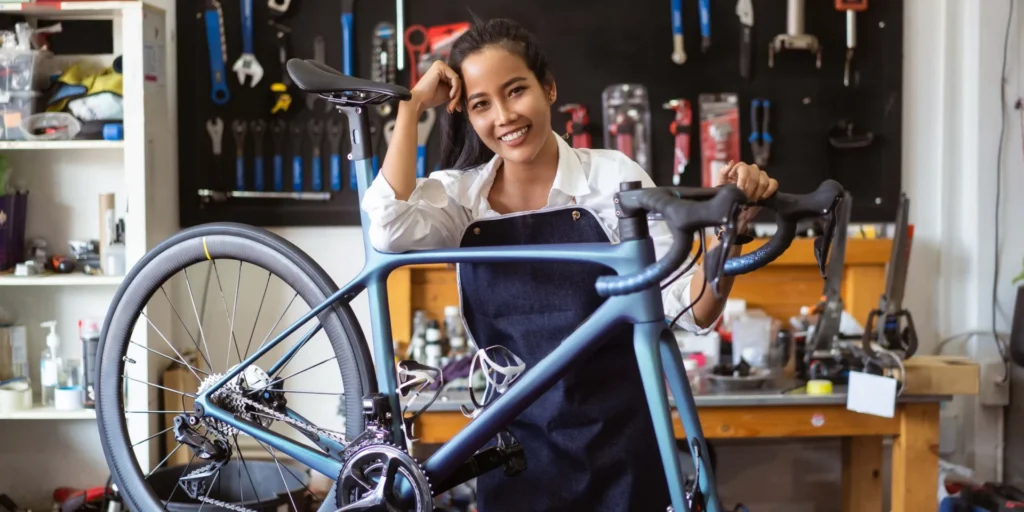
What are your top tips in getting the most out of LinkedIn?
1/ Recognise your ideal client. Don’t worry about narrowing your field too much; I aim at SMEs and yet have trained multi-million dollar worldwide companies. What you say will resonate with others
2/ Optimise your profile and activity towards this client. You want to become known as the expert in your field, so give them the benefit of your knowledge, share advice and guidance!
3/ Connect with the decision-makers on the platform. On Linkedin, there are no gatekeepers; you can access the International Olympics Committee as easily as you can access me!
4/ Keep in touch with your connections. Linkedin is about building relationships, not about gathering numbers, don’t be taken in by the Vanity metrics.
Do you have to invest money in LinkedIn to make it work for you?
As I mentioned earlier, almost everything you need is available for free. The only thing you need the paid aspect for is LinkedIn advertising, and that currently does not give a worthwhile return on investment.
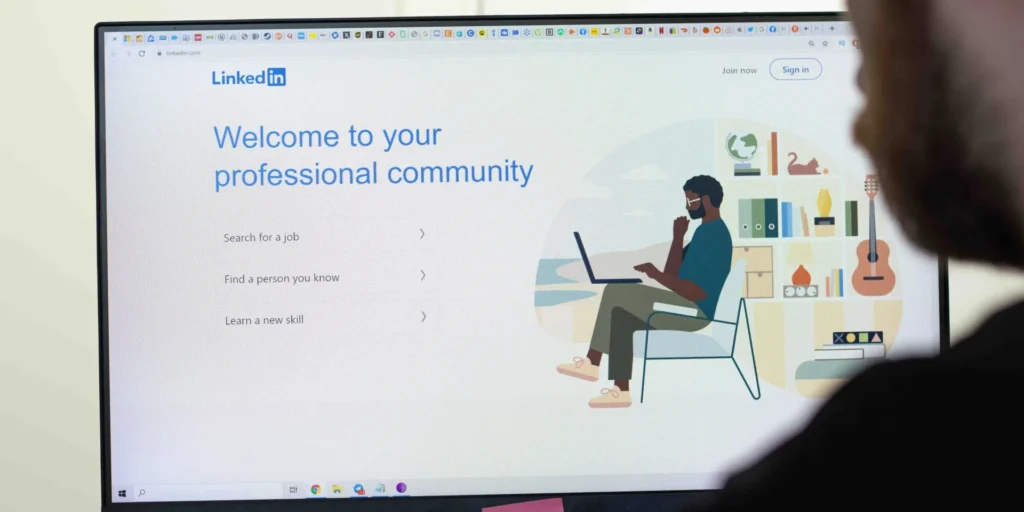
What are the most common mistakes people make with their LinkedIn profiles?
This might sound counter-intuitive, but the biggest mistake is making your profile about you! Everything that you say and do on LinkedIn should be client-facing. You should be stressing how your product/service can solve the clients’ problems. Boasting is for other platforms.
What makes for a strong LinkedIn profile?
Some of the best tips are the most straightforward:
- Make sure your profile is fully completed with no silhouette covers or profile images.
- Add in all your contact details, including a postal address.
- Play by the rules, don’t use automation and don’t use logos instead of your own photo in the profile space.
- Always remember that LinkedIn is fluid. If you feel things aren’t doing well after a few months, change them!
- Contact me! I’ve helped countless small businesses enhance their LinkedIn and give them a comprehensive onboarding so they can make the most out of the platform. I also maintain contact with my clients to keep them abreast of great new features, trends, etc., that are often useful to them.

